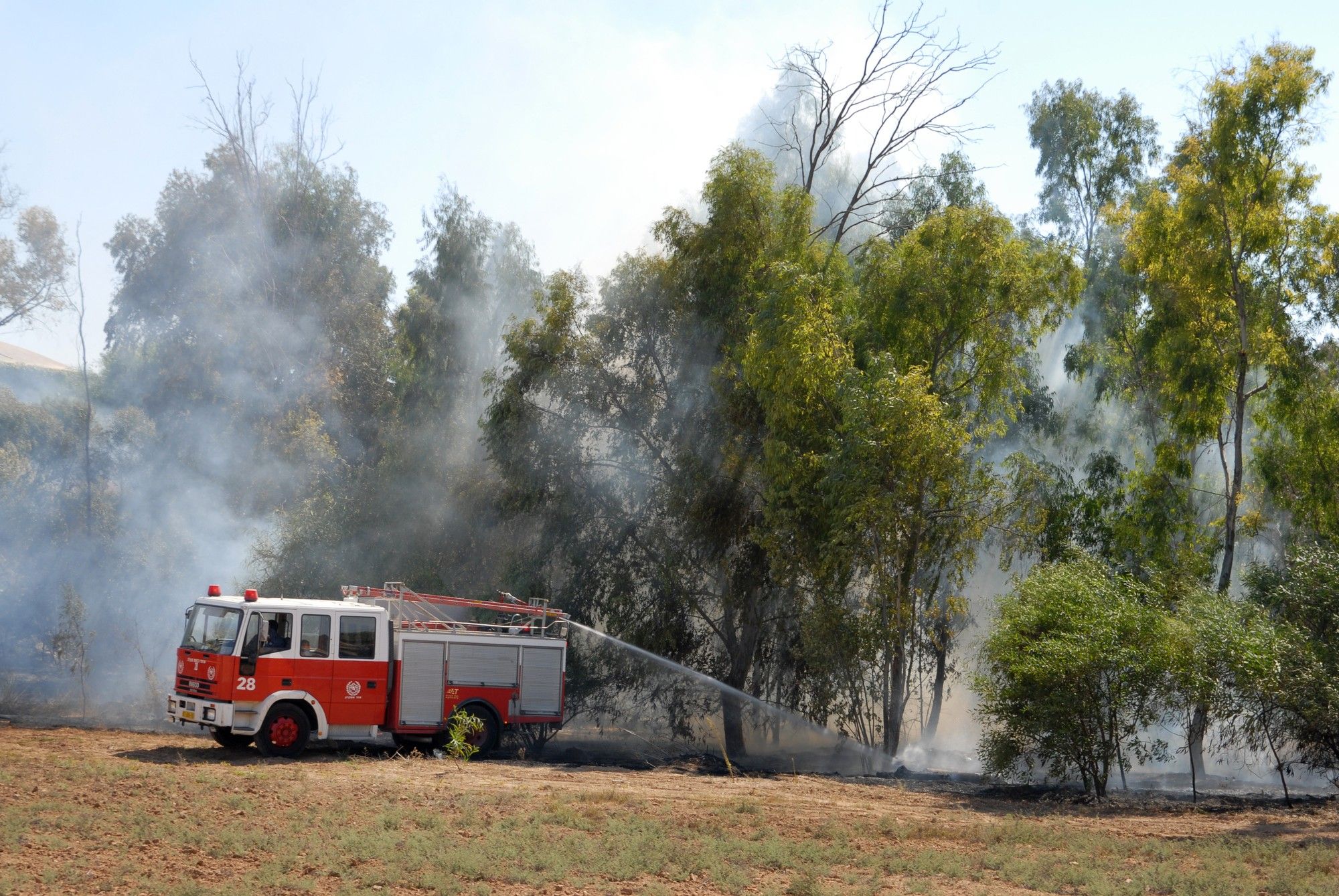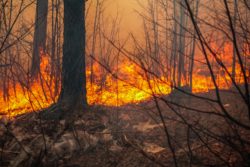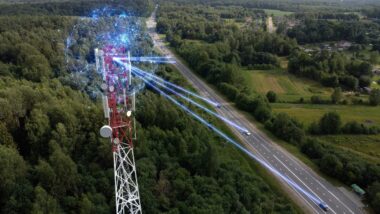Top Class Actions’s website and social media posts use affiliate links. If you make a purchase using such links, we may receive a commission, but it will not result in any additional charges to you. Please review our Affiliate Link Disclosure for more information.
California faces yet another devastating wildfire season. Now, the state has to fight not only fires, but the spread of the coronavirus, a combination which makes fire safety plans more challenging than ever.
In recent years, California has been ravaged by intense wildfire seasons. Drought has claimed a large portion of the state’s trees, and the dead trees are, unfortunately, fuel for fires during the state’s increasingly hot summers.
According to The Guardian, these elements have amplified this year, posing an even greater wildfire risk — San Fransisco and Sacramento did not have any rain in February, making the winter notably dry. A hot spring followed, setting up California for a formidable fire season that is likely to start earlier than normal.
Already, fires have begun to emerge, and have necessitated evacuations. That endeavor is already a challenging one for state officials, made even more challenging by the coronavirus pandemic. Around the country, people have been advised to stay home to help slow the spread of the virus.
In stark contrast, Californians have been forced to leave their homes to evacuate to safety. Other safety measures have also been complicated by the fires. Emergency centers are an essential resource in wildfire season, but now pose a coronavirus risk if many people must be together in close quarters.
To combat this, the Red Cross has established more, smaller emergency centers. Those who take refuge in the centers will be screened for COVID-19, and will have their temperatures taken. However, this is not a perfect system, as symptoms can take time to emerge, and some people with COVID-19 have no symptoms at all.
Additionally, even with smaller emergency centers and COVID-19 screening, there is still a risk of transmitting the infection, as the centers are still crowded, indoor spaces, a perfect place for COVID-19 to spread.
Firefighters are at a particular risk in their line of work in this pandemic. The Guardian explains that smoke can irritate the lungs. This could put them at risk for a more severe case of COVID-19 if they do contract the virus. Firefighters are reportedly often stuck at crowded camps, further elevating the risk of transmission. The camps also sometimes lack adequate opportunities for firefighters to wash their hands, putting them more at risk.
 What Is PG&E Doing to Manage the Wildfire Risk?
What Is PG&E Doing to Manage the Wildfire Risk?
The Guardian notes that PG&E have taken to periodically shutting off power to lower the wildfire risk. This strains people who are stuck in their house because of COVID-19, particularly in the exceptionally hot weather. According to NPR, Californians may need to contend with these blackouts for years to come.
The power company has chosen to implement these shutdowns after damaged equipment allegedly started the massive Camp Fire of 2018. According to PG&E, the number of public safety outages will be less frequent than they have been in the past, but many worry that they will still take a toll on the community.
Yet another element in an overwhelmingly complex situation is that the California firefighting budget is being stretched thin. The Sacramento Bee explored the problem, noting that in recent years, how much the state spent fighting fires exceeded the budgeted amount.
The Sacramento Bee quoted Governor Brown saying “We’re in for a really rough ride. It’s going to get expensive, it’s going to get dangerous, and we have to apply all our creativity to make the best of what is going to be an increasingly bad situation.”
The extreme nature of the situation requires creativity. According to the Sacramento Bee, this means taking preventive measures to prevent wildfires from both starting and spreading. However, these creative solutions needed to manage wildfire risk cost money to implement.
One of the major costs of firefighting is paying the fire fighters themselves, and the demand for these skilled individuals is great. No matter how skilled the firefighters are, however, sometimes the fires are just too large to fight at all. Cal Fire Director Ken Pimplott explained, “The risks are much bigger than what we may have traditionally thought of. These are literally 100-, 150-foot flame lengths…there’s no way that we’re going to stop that kind of a fire, so we are changing tactics.”
These tactics may include creating geographic features that can control a fire, or extensively removing dead trees to lessen wildfire risk in the future. The Sacramento Bee explains that there isn’t really an option to not spend what is needed, even if it exceeds the projected budget. Lives and property are at stake. Additionally, if the situation is not dealt with in the current year, or the risk factors are not managed appropriately, they could very well become a problem in future years. For example, if this year’s brush and dead vegetation is not removed now, it could become next year’s fire fuel.
Join a Free California Wildfire Property Damage Lawsuit Investigation
If you or a loved one suffered property damage in the Camp Fire, Woolsey Fire, Hill Fire or last year’s Thomas Fire, legal help is available to help you through the claim process with your insurance company.
This article is not legal advice. It is presented
for informational purposes only.
ATTORNEY ADVERTISING
Top Class Actions is a Proud Member of the American Bar Association
LEGAL INFORMATION IS NOT LEGAL ADVICE
Top Class Actions Legal Statement
©2008 – 2024 Top Class Actions® LLC
Various Trademarks held by their respective owners
This website is not intended for viewing or usage by European Union citizens.
Get Help – It’s Free
Join a Free California Wildfire Property Damage Lawsuit Investigation
If you qualify, an attorney will contact you to discuss the details of your potential case at no charge to you.
PLEASE NOTE: If you want to participate in this investigation, it is imperative that you reply to the law firm if they call or email you. Failing to do so may result in you not getting signed up as a client or getting you dropped as a client.
E-mail any problems with this form to:
Questions@TopClassActions.com.
Oops! We could not locate your form.


 What Is PG&E Doing to Manage the Wildfire Risk?
What Is PG&E Doing to Manage the Wildfire Risk?










